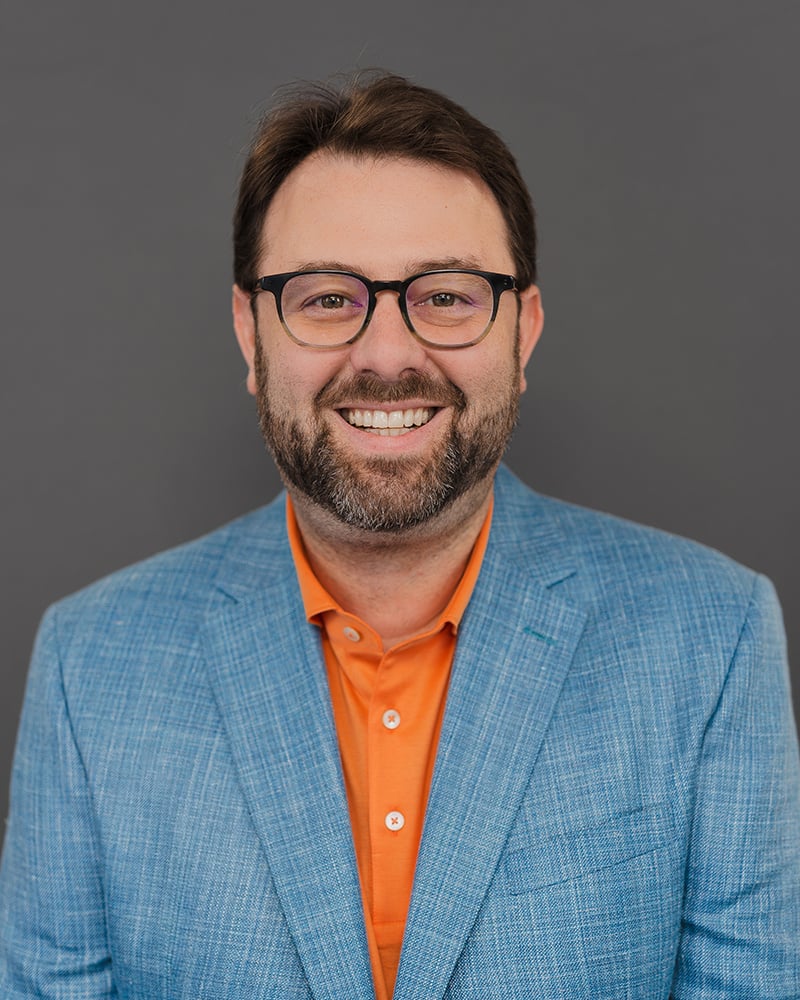08-1-2019 |
Owning a Private Aircraft for Personal and Business Use
By: Jonathan Napier
Owning a private aircraft personally or through a medical or dental practice may be convenient for taking vacations or attending conferences across the country, but there are important legal, tax, and liability concerns for the aircraft owner.
The FAA Regulations govern any owner’s right to use an airplane, but the FAA scrutinizes any arrangement which involves reimbursement. A pilot might intend to operate under FAA Regulations’ Part 91 (which govern recreational and non-commercial flight operations) but may find him- or herself under a more rigorous parts of the FAA Regulations governing operations for hire (e.g., Part 135). These provisions impose more robust training, procedural, and liability requirements than many private pilots are able to meet.
Part 91 allows an individual owner to use a private plane for personal use to transport him- or herself or guests, but there may be no charge, fee, or assessment for the transportation. If the plane is owned by the practice, it may be used to transport officials, employees, guests, and property of the practice when the carriage is within the scope of, and incidental to, the business of the practice. Any charge, fee, or assessment cannot be in excess of the cost of owning, operating, and maintaining the airplane. This fee may include a pro rata portion of fixed operating expenses, such as insurance and crew salaries, and direct costs, such as fuel and parking expenses. A doctor within the practice may also use the aircraft for personal use through a time-sharing agreement. This allows the aircraft to be used for nonbusiness-related flights while the practice is still reimbursed operating expenses and fuel costs. These arrangements must be properly structured to comply with FAA regulations and IRS requirements.
Before purchasing an aircraft for your practice’s use, speak to a BrownWinick attorney about the legal, liability, and tax concerns.

